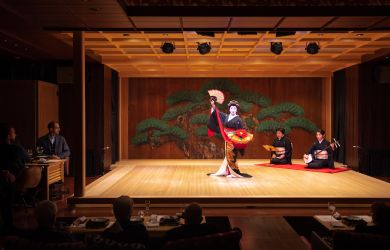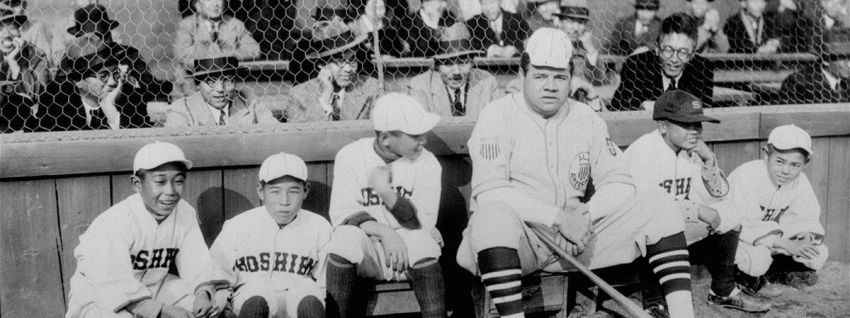
To the delight of fans worldwide, baseball is making a comeback as an Olympic sport for the first time since the 2008 Beijing Games. In celebration, an American Metropolis reader shares the intriguing history of Japan’s relationship with not only the sport itself, but also with the country that brought the humble bat and ball into its culture.
I had always thought of baseball as American. As a child, I watched the Yankees in the Bronx from behind the mound and from the nosebleed seats beyond right field. I remember the hot dogs and the jerseys; the taunts thrown at the umps; the excitement and hope that flashed across the faces of kids when a player, bat in hand, strode by and winked. On the TV, I watched the World Series, which seemed to be the global finale, explicit with “world” in the title – even though the teams were exclusively American and Canadian.
My vision of baseball in Japan was then, rough and unrefined: I imagined a game with less cheer and pomp than in America. There was no way, I thought, the athletes could reach the cult-like, if not mythical, status of American celebrity ballplayers. I had no unified vision of the stadiums or the teams. I thought it would be an American import, a carbon copy of the game here.
But then I arrived in Tokyo. It was 2017. Waseda was facing off against Keio University — century-old rivals. I was totally overwhelmed. A drum banged as the cheer squad, in black school uniforms and moving in perfect sync, riled the crowd — aiming to intimidate the Keio fans and players. The cheers grew to a thunder, handheld fans clicked and clacked in the summer heat.
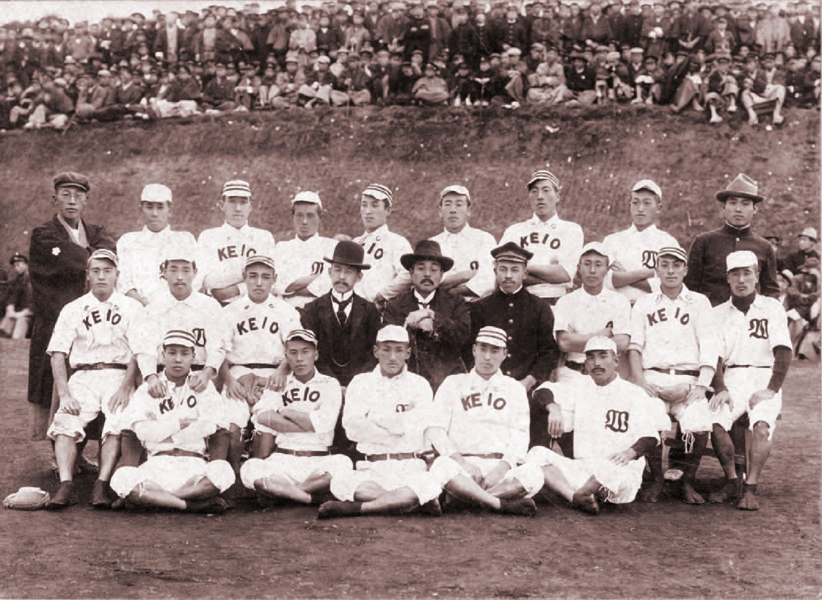
The rise to the big leagues
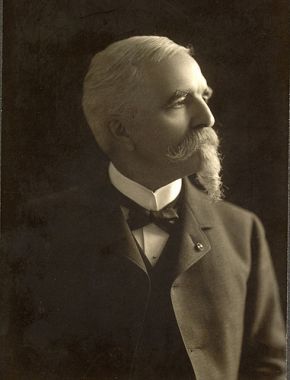
Many people assume that baseball was introduced during the American occupation after WWII. However, it was actually Horace Wilson — an American professor in Tokyo — who first introduced it in 1872, when he and other workers were tasked with bringing Western culture to Japan. The occupation was simply a catalyst that propelled baseball to its place today as the most popular sport in Japan.
Before it reached this mega status, playing sports was seen as nothing more than a way to spend free time and — depending on your luck — a means to make (or lose) money through gambling. With the rush of foreign influence after the Meiji Restoration, schools adopted many Western sports as activities intended to build mental discipline through teamwork — something which they felt was absent from traditional Japanese sports like sumo and martial arts.
On a professional level, baseball slowly began to creep its way into mainstream popularity with the help of the “father” of Japanese professional baseball, Shoriki Matsutaro. He was the owner of the Yomiuri Shimbun at the time and would go on to found Nippon TV. In 1934, Matsutaro formed the first professional team, the Greater Japan Tokyo Baseball Club, which played against a visiting American All-Star team that included legends Babe Ruth, Jimmie Foxx and Lou Gehrig. Although the Americans cleaned house, the visit encouraged the formation of the Japanese Baseball League, which exists today as Nippon Professional Baseball.
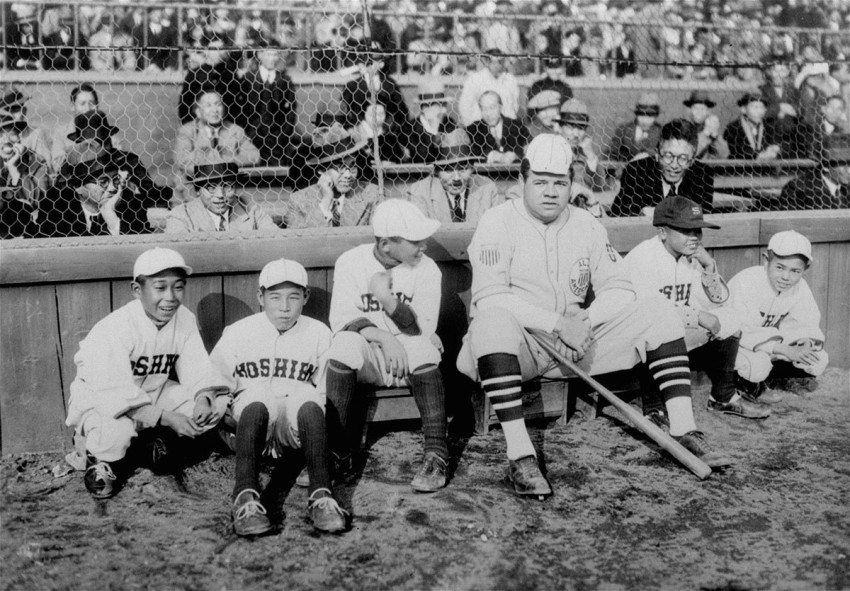
More than just a ball game
Professor of history at Michigan State University Sayuri Guthrie-Shimizu contends in her book “Transpacific Field of Dreams,” that baseball was always much more than simply a game: it played an important role in U.S.-Japanese relations during times of war, peace and reconciliation.
It was a common sight in Japanese American internment camps in the U.S. during the war, and the Koshien Baseball Stadium in Japan was used for grenade-throwing contests. Post-war, in 1964, pitcher Masanori Murakami became the first Japanese player to join U.S. baseball’s major leagues — a testament to how much relations had improved once the conflict had ceased, although protests against American imperialism and tension around the U.S. occupation still continued.
Swinging for the fences
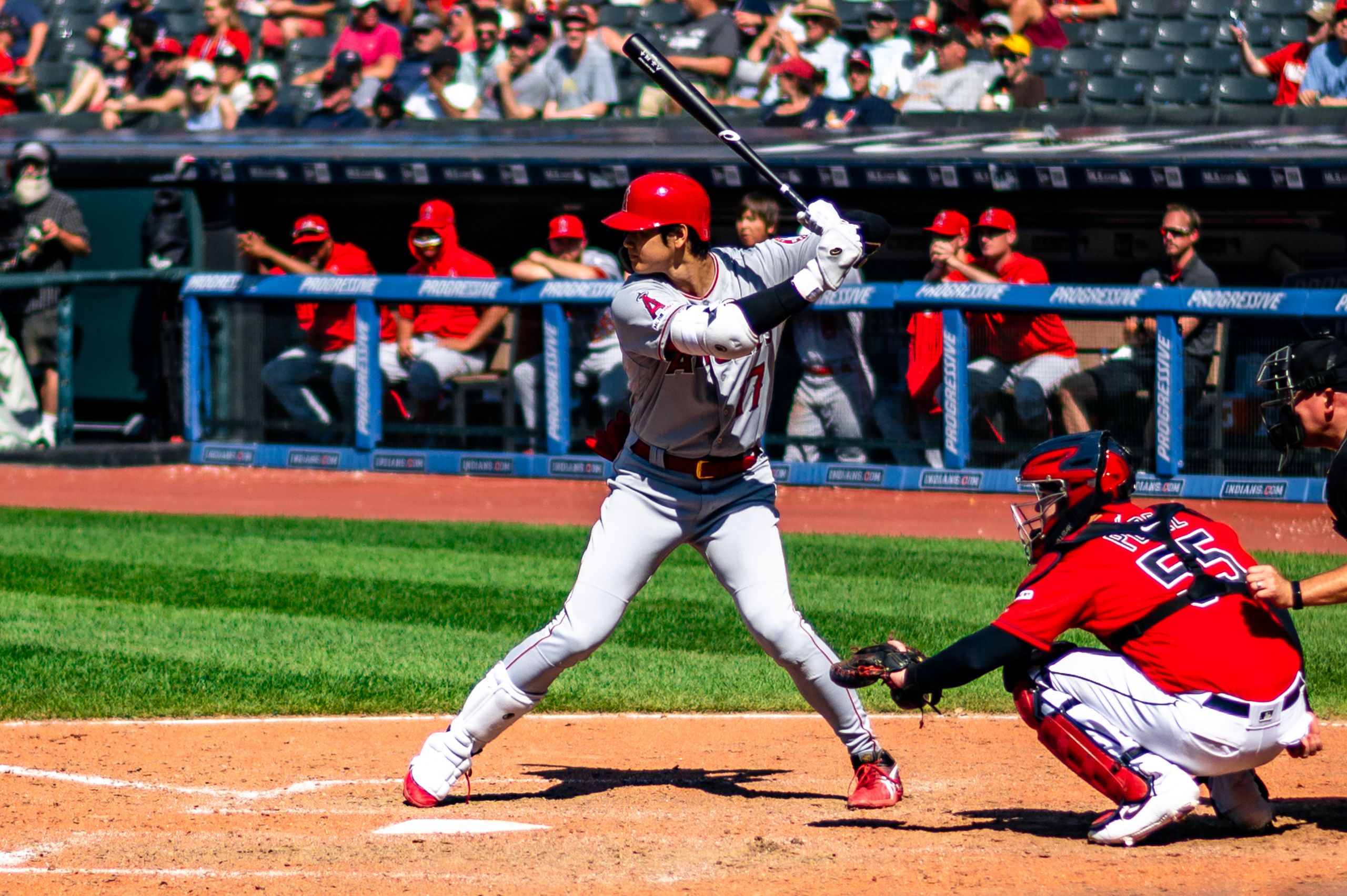
Things have changed for baseball’s home country: it’s now American football that reigns as the number-one sport on America’s TV screens, but baseball still remains as Japan’s most attended sporting event.
In 2021, Yokohama Stadium and Fukushima Azuma Stadium will play host to Olympic baseball — in the Games for the first time since Beijing in 2008 — allowing Japan to showcase its love of the sport to the world. From humble beginnings to one of the only Western sports still commonly referenced by its Japanese name yakyuu, baseball has come a long way in Japan. As Japan steps up to home plate at the true global finale, will they strike out? Or make a true impact for this national pastime?
Some more stories for sport lovers in Japan:
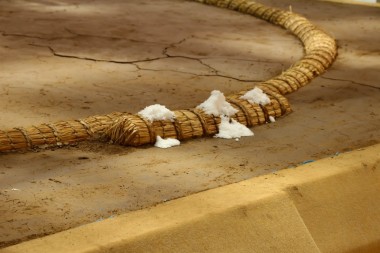 Small Town Sumo
Small Town Sumo
Japan’s athletic traditions survive beyond the spotlight
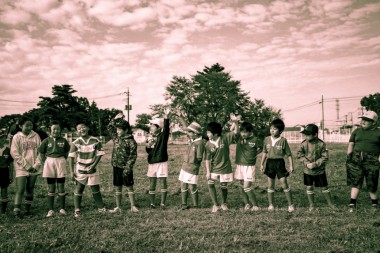
Rugby’s Rising Sons and Daughters
Japanese children play the game at Ageo Rugby School
Based in Japan: Ria Scott
“Do you want fear or freedom?”






